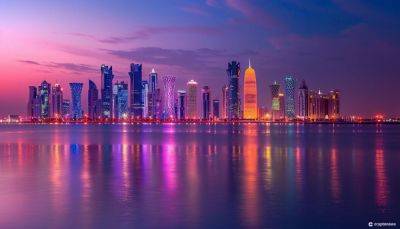Why Africa is crypto’s next frontier
“Bitcoin mining is like pouring water on an even floor. It will always go to the lowest point," says Erik Hersman, a tech entrepreneur in Nairobi, Kenya’s capital, explaining how the energy-intensive activity of creating, or “mining", the digital currency gravitates to places with the cheapest power costs. Until 2021 the Dead Sea for bitcoin was China, before the government banned it, citing the environmental harm it causes. The proverbial water swiftly flowed to America, with its plentiful supply of cheap energy and deep capital markets. Profits soared. Within months America accounted for a third of global bitcoin production.
Crypto-miners are again scouting for fresh ground ahead of the “halving", which occurs every four years, when rewards for mining will be cut in half. This makes mining less profitable and can drive all but the most efficient miners out of business. Regulators are also growing more wary: in 2022 New York became the first state in America to rule out any new mining operations not based entirely on renewable energy. Wilder pastures such as Kazakhstan and Iran, which had recently welcomed the industry, have since turned hostile.
Many governments fret that by competing for electricity with local homes and businesses, the miners’ energy-guzzling computers will fuel social discontent. “The worldwide search for cheap power is on," says Troy Cross, a bitcoin expert at Reed College in Oregon. “If you don’t get cheap power, you don’t survive the halving."
Enter Africa, with its cash-strapped states and vast—if still mostly untapped—renewable-energy resources. The continent has 60% of the world’s best places to generate solar power (and five of the ten countries with the world’s cheapest electricity). In the
Read more on livemint.com

![EthCC[7] Draws Ethereum Community to Brussels for Deep Dive into the European Regulatory Landscape, Blockchain Scalability, and the Rise of L3s - cryptonews.com - Usa - Hong Kong - France - Eu - city Paris - Belgium - city Brussels, Belgium](https://gocryptonft.com/storage/thumbs_400/img/2024/6/3/114152_j0y2t.jpg)



















